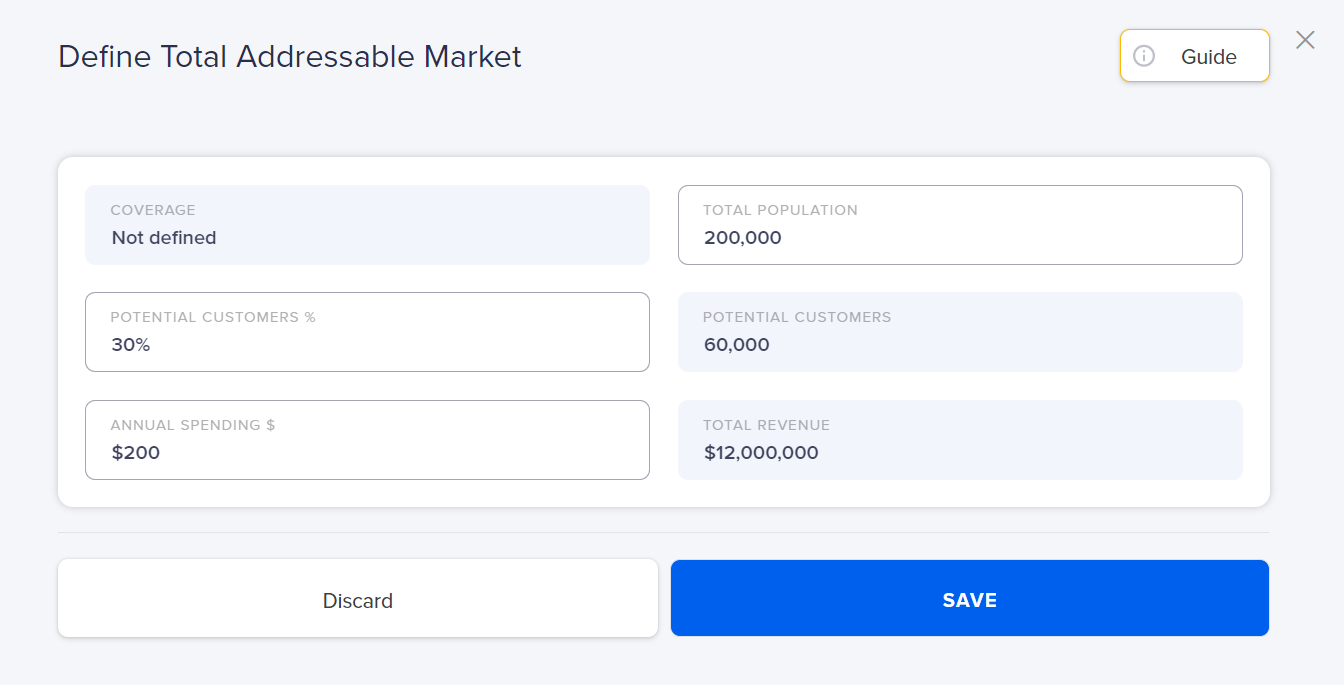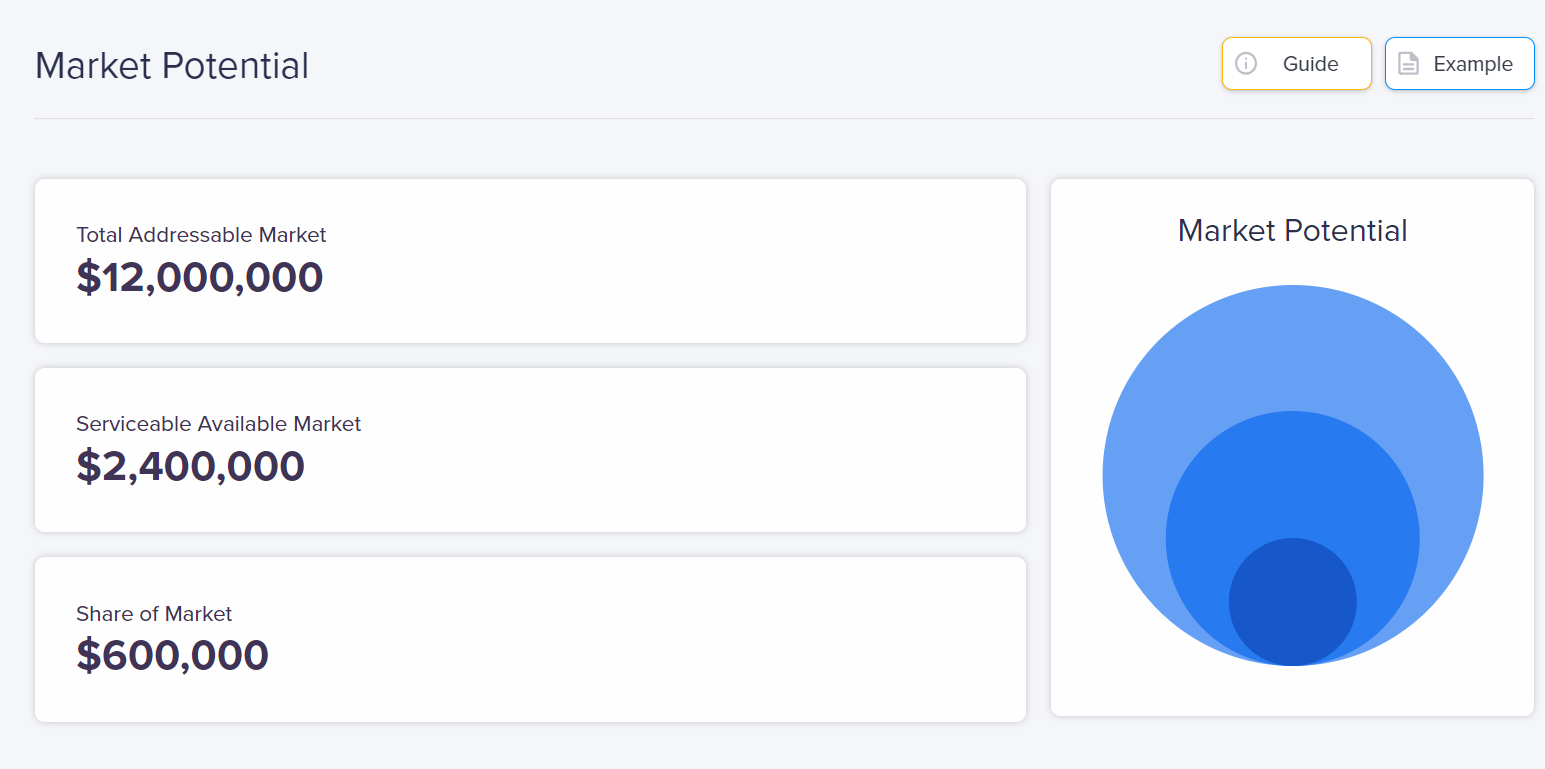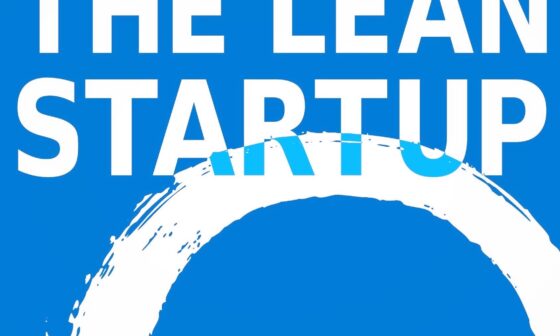In the ever-evolving landscape of business, understanding how to calculate market potential is a fundamental step towards ensuring the success and sustainability of your venture.
Knowing the market potential not only guides your business decisions but also empowers you to identify opportunities, target the right audience, and plan for growth. In this article, we’ll delve into the essential aspects of calculating market potential, providing you with actionable insights to make informed choices for your business’s journey to success.
In this guide, we’ll also explain…
- What Total Addressable Market means.
- Why it’s important to know as a business.
- How much of that market you can serve.
- Which parts of it you can realistically reach.
- Three ways to calculate the TAM, SAM, and SOM.
- Which tools you can use to make your life easier.
Ready to learn some new business lingo and get a competitive advantage over your rivals at the same time? Let’s get into it!
How to calculate Market Potential?
Unlocking the full potential of your business begins with a clear understanding of your market. Learning how to calculate market potential is the compass that guides your strategic decisions and steers your business toward growth.
In this exploration, we’ll navigate the essential steps to measure and comprehend the market potential for your business, offering a roadmap to informed and impactful choices.
What is the Total Addressable Market?
It’s great to have a business idea (or ten!) but it’s even better to know if there’s a demand for your service or product. And if you’re trying to court investors, partners, or banks to help you fund your startup, then you’ll need to account for the business potential.
That’s where the Total Addressable Market (abbreviated TAM) comes in.

Also called the total available market, TAM is a way to calculate how much money you can make from selling your product or service. In other words, TAM allows you to see the level of demand there is for your business idea.
Imagine that you want to open an ice cream business.
The Total Addressable Market in this case would be the global market for ice cream. That includes ice cream parlors, pop-up stands, and wholesale manufacturers of ice cream.
The global ice cream market also includes all the customers.
But maybe you just want an ice cream parlor that sells three different flavors (vanilla, chocolate, and strawberry) to your local neighborhood in Texas.
In that case, you don’t need to look at what they’re doing in Beijing. That’s where we need SAM and SOM, which is a more granular look at your immediate target market.
Head over to the next section to learn the differences between TAM, SAM, and SOM.
What are the differences between TAM, SAM, and SOM?
Wow, that’s a lot of abbreviations. We just covered TAM, which is the Total Addressable Market. But what are SAM and SOM?
SAM stands for Served Available Market or Serviceable Available Market. It’s the part of TAM that is within reach. Let’s return to your ice cream in Houston, Texas. The TAM of ice cream would be the worldwide ice cream market, as we’ve covered, but your SAM would only Houston.
SOM stands for Serviceable Obtainable Market and refers to the part of the SAM that you can actually win over. Since there will be more than one ice cream business in Houston, you won’t be able to serve all the customers. The SOM is how many customers in Houston you can win over.
Why is it important to calculate the Total Addressable Market?
So if the SOM is your slice of the SAM, which in turn is a slice of the TAM — why even bother calculating the TAM in the first place?
Good question.
First of all, your business will hopefully grow. And once you’ve established your ice cream business in one city, you can branch out to another one until you cover the entire state, or the whole US. From there, if you are capable enough, you can spread your ice cream franchise across the entire world — which is why it’s handy to know the TAM.
But there are other reasons why it’s important to calculate the TAM:
- Clearer vision of where your business could go.
- Better understanding of your product-market fit.
- Great negotiating tool to court investors and partners.
- Better understanding of the market and your competition.
How to calculate the Total Addressable Market for your business
Now that you have a broad understanding of TAM, SAM, and SOM, it’s time to look at some practical tools for how to calculate all of these abbreviations. Below are three methods for that.
1. Top-down
The first way to calculate TAM is to conduct secondary market research. That includes looking at industry reports and relevant studies that can provide you with some facts and figures.
You can also find statistics published by the government or look at social media like LinkedIn. Whichever route you go, you must make a note of your initial hypothesis.
Tip: Read our article on how to conduct market research and why you should do it.
2. Bottom-up
The second way to calculate the TAM is to look at your own data. If you’re already in business, then you can look at who is buying your products or services and what they have in common.
Look at the data you’ve collected from your mailing list, social media, previous sales, and so on. Find out how many other people like your current audience you can reach with your business.
Tip: Read our article on how to identify your target audience and create tailored offers.
3. Value theory
The final method of calculating TAM is less straightforward. Value theory refers to the practice of estimating how much value you can add to the existing market.
Here, you’ll use conjecture about how much the average buyer is willing to pay for your product or service. Then you compare what you offer to the alternatives your target audience has.
Tip: Find out more about value theory and related business concepts in this guide.
Tools to help you calculate the Total Addressable Market
As you can see, it’s not always a simple task to calculate the TAM. That’s why it’s good to have some tools at hand to help make the process easier. Here are three you can start with.
1. Industry Analytics
Industry Analytics from CBInsights is a great tool you can use for free. It helps you over 300 different industries, along with the latest market trends, by showing beautiful visuals.
Learn more: Visit Industry Insights and sign up today to easily access up-to-date industry data.
2. Quandl
Quandl is another very useful tool to help you calculate TAM. It’s also free to sign up, and you can access the same data used by the top hedge funds and asset managers in the world.
3. IdeaBuddy
IdeaBuddy shows you an estimate of your market potential with the click of a button. All you have to do is enter your target area, population, and a few other factors — and voila!


How big is your slice of pie?
Now you know at least three cool acronyms: TAM, SAM, and SOM. You also know that while your main focus should be on SOM, your business could expand into the rest of the TAM.
Let’s quickly recap some of the things we’ve covered:
- TAM represents the entire world market for your industry.
- SAM is the regional slice of that pie you can access.
- SOM is the part of SAM that you can realistically reach.
- You can calculate TAM with top-down, bottom-up, or value theory.
- Tools like Industry Analytics, Quandl, and IdeaBuddy can help.
Don’t have a business idea yet? Don’t worry. Head over to How to Find Your Purpose and Start Your Own Business to clear your head and sharpen your focus.
Already have an idea but no plan? That’s okay too. Check out Is Writing a Business Plan Really a Waste of Time? to learn how you can turn your idea into a solid plan.



